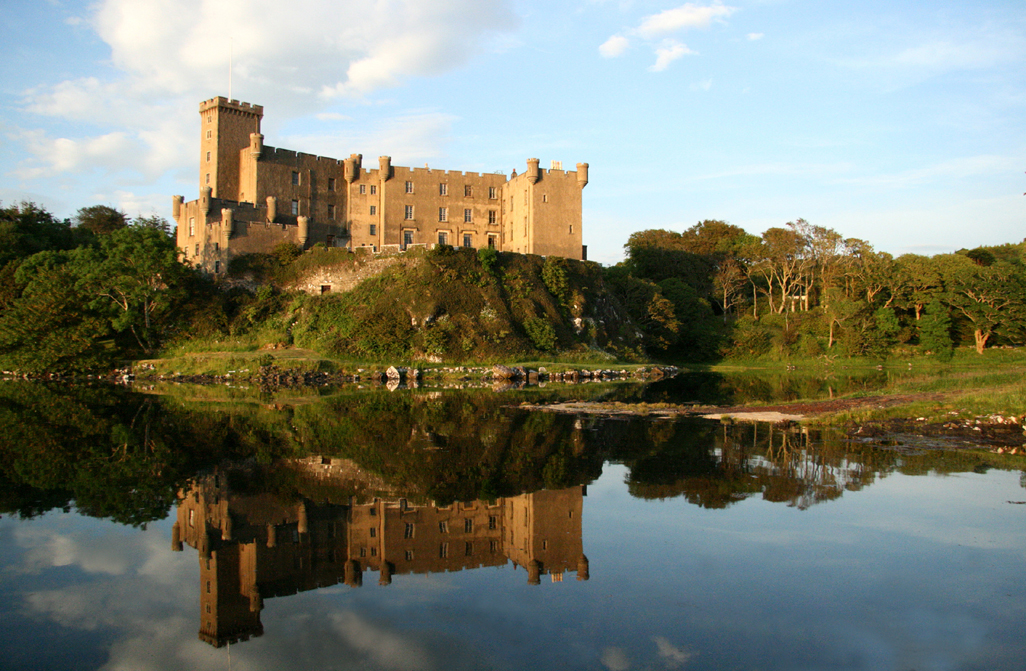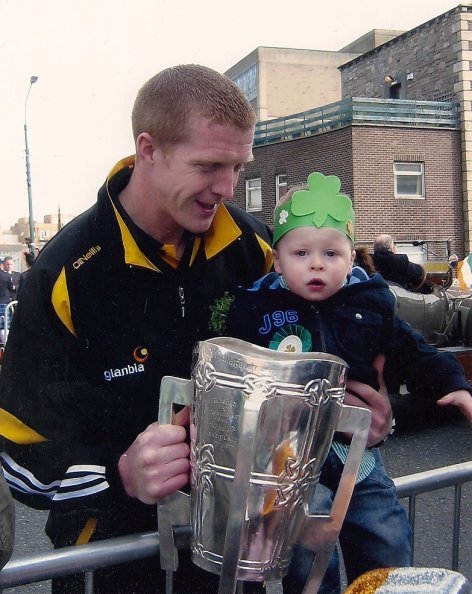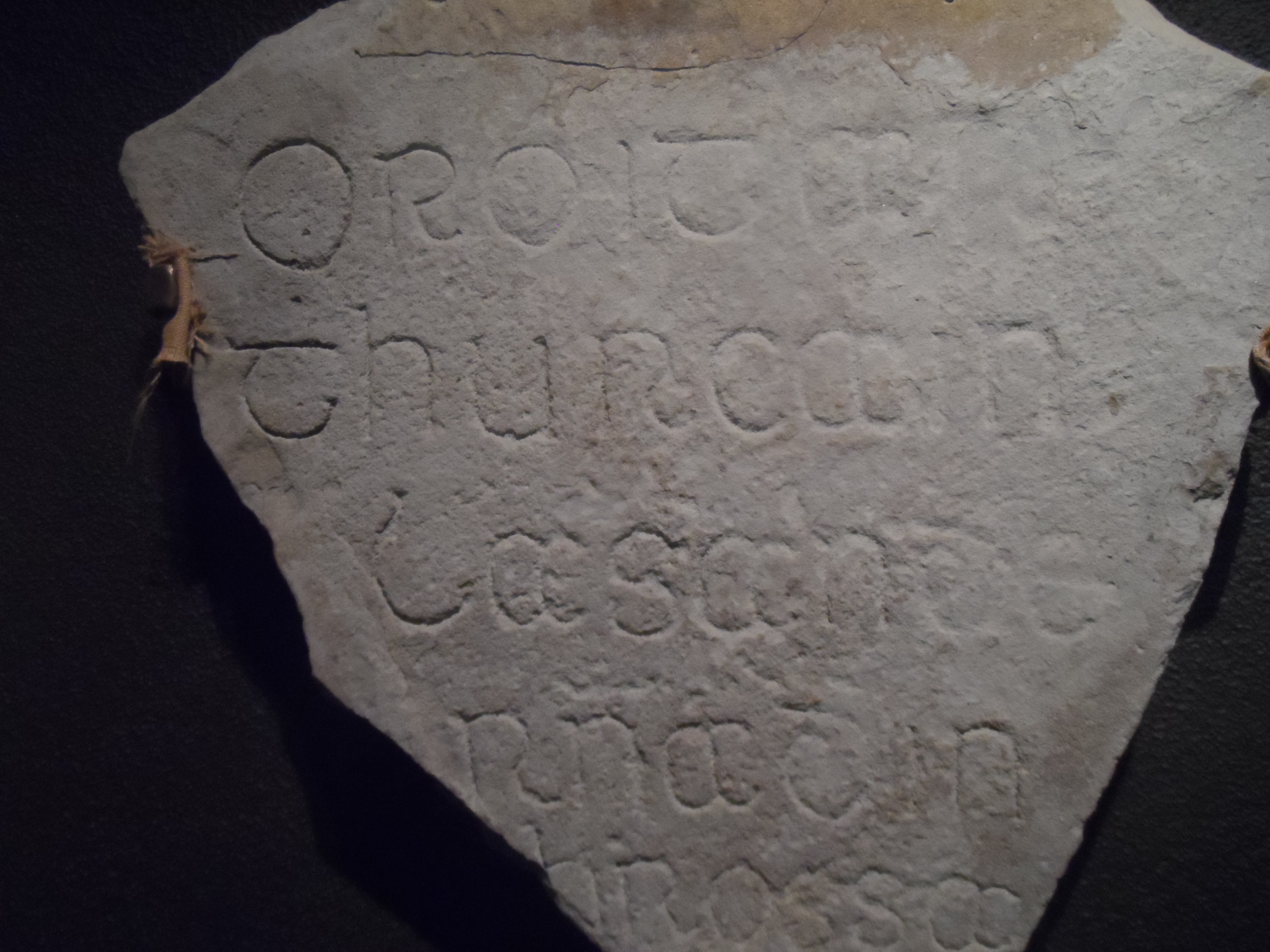|
Mether
A mether (; ga, meadar) is a communal or 'Friendship' drinking vessel from the Celtic tradition, mainly in Ireland and originally solely for mead with old examples being made of wood although they might have silver ornamentation added at a later date. The name 'Mether' is said to be derived from 'meth' that is the old name for mead as in the Welsh for mead that is 'medd', and the word 'metheglin' derived from the compound word 'meddyglyn', 'healing liquor'. Examples of wooden methers have been recovered from Irish peat bogs. Another possibility is that the name may come from the Irish Gaelic “Mehill” meaning a 'gathering'.Mullingar Pewter Methers The best known ancient Mether in Scotland is the Dunvegan Cup, which is a 10th-century wooden example provided wi ... [...More Info...] [...Related Items...] OR: [Wikipedia] [Google] [Baidu] |
Mether - Detail
A mether (; ga, meadar) is a communal or 'Friendship' drinking vessel from the Celtic tradition, mainly in Ireland and originally solely for mead with old examples being made of wood although they might have silver ornamentation added at a later date. The name 'Mether' is said to be derived from 'meth' that is the old name for mead as in the Welsh for mead that is 'medd', and the word 'metheglin' derived from the compound word 'meddyglyn', 'healing liquor'. Examples of wooden methers have been recovered from Irish peat bogs. Another possibility is that the name may come from the Irish Gaelic “Mehill” meaning a 'gathering'.Mullingar Pewter Methers The best known ancient Mether in Scotland is the Dunvegan Cup, which is a 10th-century wooden example provided wi ... [...More Info...] [...Related Items...] OR: [Wikipedia] [Google] [Baidu] |
Mead
Mead () is an alcoholic beverage made by fermenting honey mixed with water, and sometimes with added ingredients such as fruits, spices, grains, or hops. The alcoholic content ranges from about 3.5% ABV to more than 20%. The defining characteristic of mead is that the majority of the beverage's fermentable sugar is derived from honey. It may be still, carbonated, or naturally sparkling; dry, semi-sweet, or sweet. The term honey wine is sometimes used as a synonym for mead, although ''wine'' is typically defined to be the product of fermented grapes or certain other fruits, and some cultures have honey wines that are distinct from mead. The honey wine of Hungary, for example, is the fermentation of honey-sweetened pomace of grapes or other fruits. Mead was produced in ancient times throughout Europe, Africa, and Asia, and has played an important role in the mythology of some peoples. In Norse mythology, for example, the Mead of Poetry, crafted from the blood of Kvasir (a wise ... [...More Info...] [...Related Items...] OR: [Wikipedia] [Google] [Baidu] |
Clan MacLeod
Clan MacLeod (; gd, Clann Mac Leòid ) is a Highland Scottish clan associated with the Isle of Skye. There are two main branches of the clan: the MacLeods of Harris and Dunvegan, whose chief is MacLeod of MacLeod, are known in Gaelic as ' ("seed of Tormod"); the Clan MacLeod of Lewis and Raasay, whose chief is MacLeod of The Lewes ( gd, Mac Ghille Chaluim), are known in Gaelic as ' ("seed of Torcall"). Both branches claim descent from Leòd, who lived in the 13th century. Today, Clan MacLeod of The Lewes, Clan MacLeod of Raasay, and Clan MacLeod are represented by "Associated Clan MacLeod Societies", and the chiefs of the three clans. The association is made up of ten national societies across the world including: Australia, Canada, England, France, Germany, New Zealand, Scotland, South Africa, Switzerland, and the United States. History Origins The surname MacLeod means 'son of Leod'. The name Leod is an Anglicization of the Scottish Gaelic name Leòd, which is thought to ... [...More Info...] [...Related Items...] OR: [Wikipedia] [Google] [Baidu] |
Dunvegan Castle
, native_name_lang =Gaelic , alternate_name = , image = Dunvegan Castle.jpg , image_size = , alt = , caption = The south-west face of the castle , map = , map_type = Scotland Isle of Skye , map_alt = , map_caption = Location of Dunvegan Castle , map_size = , altitude_m = 15 , altitude_ref = , relief = , coordinates = , map_dot_label = , location = Scotland , type = Castle , part_of = Dunvegan , length = , width = , area = , volume = , diameter = , circumference = , height = , depth = , builder = , material = , built = 13th–19th century , abandoned = , epochs = , cultures = , dependency_of = , occupants = Clan MacLeod , event = , discovered = , excavations = , condition = Occupied as a residen ... [...More Info...] [...Related Items...] OR: [Wikipedia] [Google] [Baidu] |
Sigerson Cup
The Sigerson Cup is the trophy for the premier Gaelic football championship among Higher Education institutions (Universities, Colleges and Institutes of Technology) in Ireland. It traditionally begins in mid January and ends in late February. The Sigerson Cup competition is administered by Comhairle Ard Oideachais Cumann Lúthchleas Gael (CLG), the GAA's Higher Education Council. The Trench Cup is the second tier football competition, Corn na Mac Léinn the third tier and Corn Comhairle Ardoideachais the fourth tier. The Fitzgibbon Cup is the hurling equivalent of the Sigerson Cup. History There was no intervarsity Gaelic sports competitionThe 125 Most Influential People In GAA History, ''Sunday Tribune'', 4 January 2009 until Dr. George Sigerson, born at Holy Hill near Strabane, County Tyrone (11 January 1836 – 17 February 1925), a Professor of Zoology at University College Dublin, eminent physician, minor poet and literary figure and leading light in the Celtic Renaissance ... [...More Info...] [...Related Items...] OR: [Wikipedia] [Google] [Baidu] |
Liam MacCarthy Cup
The Liam MacCarthy Cup is a trophy awarded annually by the Gaelic Athletic Association (GAA) to the team that wins the All-Ireland Senior Hurling Championship, the main competition in the prehistoric sport of hurling. Based on the design of a medieval drinking vessel, the trophy was first awarded in 1923 to the winners of the (delayed) 1921 All-Ireland Senior Hurling Championship Final. The original 1920s trophy was retired in the 1990s, with a new identical trophy awarded annually since 1992. The original trophy is on permanent display in the GAA Museum at Croke Park in Dublin. The GAA organises the series of games, which are played during the summer months. The All-Ireland Hurling Final was traditionally played on the first or second Sunday in September at Croke Park in Dublin. In 2018, the GAA rescheduled its calendar and since then the fixture has been played in August. Old trophy The original Liam MacCarthy Cup commemorates the memory of Liam MacCarthy. Born in London ... [...More Info...] [...Related Items...] OR: [Wikipedia] [Google] [Baidu] |
Dr Harty Cup
The Dr Harty Cup, officially known as the Munster Colleges Senior A Hurling Championship, is an annual inter-schools hurling competition organised by the Munster Council of the Gaelic Athletic Association (GAA). It is the highest inter-schools hurling competition in the province of Munster, and has been contested every year, except on two occasions, since 1918. Ardscoil Ris are the centenary Champions winning the title in 2018. The final, usually held in February, serves as the culmination of a series of games played between October and January. Eligible players must be under the age of 19. The Dr Harty Cup is an integral part of the wider All-Ireland Colleges Championship. The winners and runners-up of the Dr Harty Cup final, like their counterparts in the Connacht and Leinster Championships, advance to the All-Ireland quarter-finals or semi-finals. Sixteen teams currently participate in the Dr Harty Cup. The championship begins with a round-robin group stage, followed by ... [...More Info...] [...Related Items...] OR: [Wikipedia] [Google] [Baidu] |
Dunvegan Cup (engraving, Sometime Before 1851)
The Dunvegan Cup is a wooden ceremonial cup, decorated with silver plates, which dates to 1493. It was created at the request of Caitríona, wife of John Maguire, lord of Fermanagh. Rigby 2003: p. 573–574. The cup is an heirloom of the Macleods of Dunvegan, and is held at their seat of Dunvegan Castle. There are several traditions attributed to the cup, describing how the Macleods obtained it. But scholars believe that the cup was acquired by the clan sometime in the 16th or 17th century. The Macleod chiefs have several other notable heirlooms kept at Dunvegan Castle, such as the Fairy Flag and Sir Rory Mor's Horn (''all three pictured right''). Description The Dunvegan Cup is a wooden ceremonial cup, made of wood and elaborately decorated with silver. It is square shaped at the top and rounded at the bottom, and stands on four legs. Sir Walter Scott examined the cup and, in 1815 in ''The Lord of the Isles'', gave its measurements as: in height on the outside, in depth in t ... [...More Info...] [...Related Items...] OR: [Wikipedia] [Google] [Baidu] |
The Fate Of The Children Of Lir
The ''Children of Lir'' ( ga, Oidheadh chloinne Lir) is a legend from Irish mythology. It is a tale from the post-Christianisation period that mixes magical elements such as druidic wands and spells with a Christian message of Christian faith bringing freedom from suffering. Naming and manuscripts Named in Irish as ''Oidheadh Chlainne Lir'', the tale is today often known simply as "The Children of Lir" but the title has also been rendered as ''The Tragic Story of the Children of Lir'' or ''The Fate of the Children of Lir'', or, from the earlier title ''Aided Chlainne Lir'', as ''The Violent Death of the Children of Lir''.The English translation should properly be "The Children of Lear", Lir being a genitive, but the mistranslation has become culturally embedded. In post 18th-century scholarship, the tale has often been grouped with the ''Oidheadh chloinne Uisnigh'' ("The Fate of the Children of Uisnigh") and ''Oidheadh chloinne Tuireann'' ("The Fate of the Children of Tuirean ... [...More Info...] [...Related Items...] OR: [Wikipedia] [Google] [Baidu] |
Fionnuala
In Irish mythology, Finnguala (modern spellings: Fionnghuala, Fionnuala , or Finola; literally meaning "white shoulder") was the daughter of Lir of the Tuatha Dé Danann. In the legend of the '' Children of Lir'', she was changed into a swan and cursed by her stepmother, Aoife, to wander the lakes and rivers of Ireland, with her brothers Fiachra, Conn and Aodh, for 900 years until saved by the marriage of Lairgren, son of Colman, son of Cobthach, and Deoch, daughter of Finghin, whose union broke the curse. 'The Song of Fionnuala', with lyrics by Thomas Moore speaks of her wanderings. The name is anglicized as Fenella. The shortened version Nuala is commonly used as a first name in contemporary Ireland. People People named Fionnuala * Fionnuala Boyd * Fionnuala Carr * Fionnuala Ellwood * Fionnuala Kenny * Fionnuala McCormack * Fionnuala Ní Aoláin * Fionnuala Ní Fhlatharta * Fionnuala Ní Flaithbheartaigh * Fionnuala Sherry * Fionnuala Sweeney People named Fio ... [...More Info...] [...Related Items...] OR: [Wikipedia] [Google] [Baidu] |
Middle Irish
Middle Irish, sometimes called Middle Gaelic ( ga, An Mheán-Ghaeilge, gd, Meadhan-Ghàidhlig), is the Goidelic language which was spoken in Ireland, most of Scotland and the Isle of Man from AD; it is therefore a contemporary of late Old English and early Middle English. The modern Goidelic languages—Irish, Scottish Gaelic and Manx—are all descendants of Middle Irish. Grammar Middle Irish is a fusional, VSO, nominative-accusative language. Nouns decline for two genders: masculine, feminine, though traces of neuter declension persist; three numbers: singular, dual, plural; and five cases: nominative, accusative, genitive, prepositional, vocative. Adjectives agree with nouns in gender, number, and case. Verbs conjugate for three tenses: past, present, future; four moods: indicative, subjunctive, conditional, imperative; independent and dependent forms. Verbs conjugate for three persons and an impersonal, agentless form (agent). There are a number of preve ... [...More Info...] [...Related Items...] OR: [Wikipedia] [Google] [Baidu] |
St Patrick
Saint Patrick ( la, Patricius; ga, Pádraig ; cy, Padrig) was a fifth-century Romano-British Christian missionary and bishop in Ireland. Known as the "Apostle of Ireland", he is the primary patron saint of Ireland, the other patron saints being Brigit of Kildare and Columba. Patrick was never formally canonised, having lived prior to the current laws of the Catholic Church in these matters. Nevertheless, he is venerated as a Saint in the Catholic Church and in the Eastern Orthodox Church, where he is regarded as equal-to-the-apostles and Enlightener of Ireland. The dates of Patrick's life cannot be fixed with certainty, but there is general agreement that he was active as a missionary in Ireland during the fifth century. A recent biography on Patrick shows a late fourth-century date for the saint is not impossible. Early medieval tradition credits him with being the first bishop of Armagh and Primate of Ireland, and regards him as the founder of Christianity in Ireland, con ... [...More Info...] [...Related Items...] OR: [Wikipedia] [Google] [Baidu] |
.jpg)






